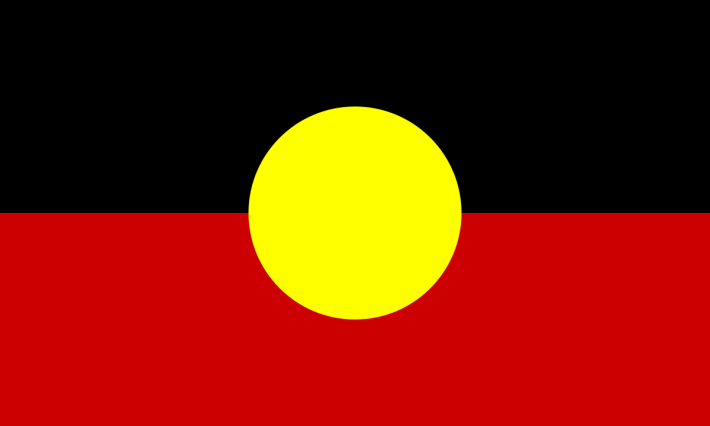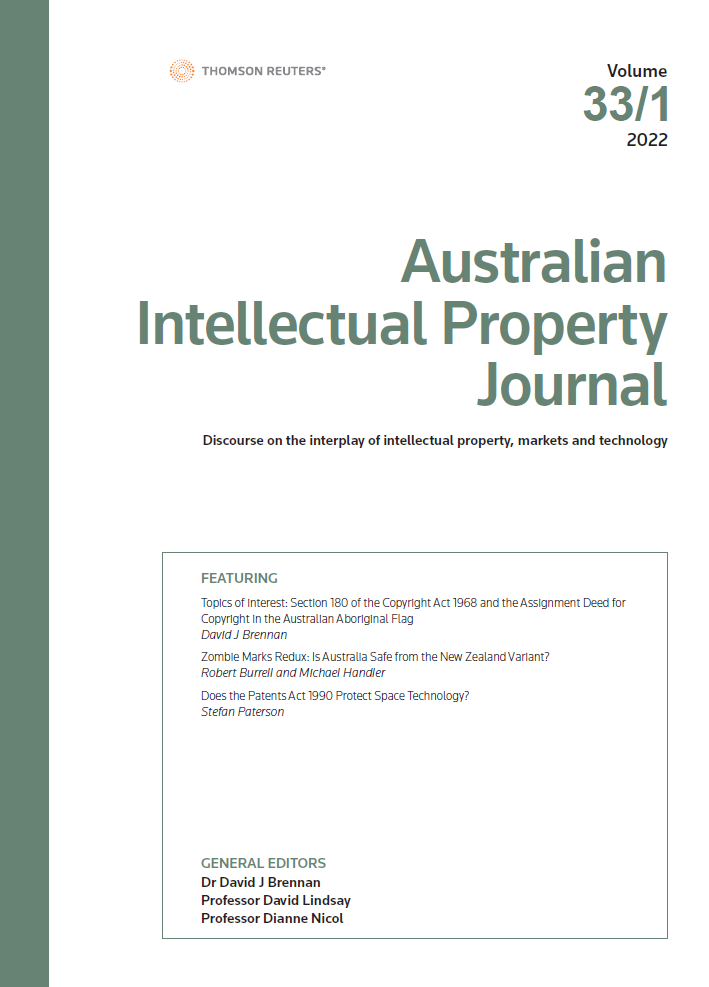Section 180 of the Copyright Act 1968 and the Assignment Deed for Copyright in the Australian Aboriginal Flag
The question is raised because of the existence in the Copyright Act 1968 (Cth) of s 180 which relevantly provides when the Commonwealth “is the owner” of copyright in a work, the term of copyright lasts until 50 years after the calendar year in which the work was made. This is a far cry from the usual Australian copyright term for a work, which is until 70 years after the year in which its author dies. Thomas made the flag artistic work in 1971. Assuming that on 21 January 2022 the Commonwealth was to become the Australian copyright owner of the flag artistic work, a straightforward reading of s 180 would result in the Australian copyright now lasting until 50 years after 1971: a copyright expiry date of 1 January 2022 by virtue of s 180. Under this straightforward reading of s 180, the Australian copyright in the flag artistic work entered the Australian public domain upon its assignment to the Commonwealth on 21 January 2022. If so, on entry into the Australian public domain, the Australian moral rights of Thomas as author of the work ceased – these rights include the right to prevent derogatory treatment of the work. Also, if the assigned Australian copyright in the flag artistic work entered the Australian public domain on 21 January 2022, the work would have entered the public domain of those countries which adhere to the rule of the shorter term such as the United Kingdom.
Because these apparent consequences of s 180 are so far-reaching, the article interrogates the straightforward reading of s 180 in relation to the 21 January 2022 assignment Deed. The central legal issue is whether s 180 includes copyright assigned to the Commonwealth, such as the flag copyright. In exploring that issue, the article canvasses two alternative ways of reading s 180 (which are respectively labelled the evisceration theory and the harmonisation theory) that would exclude assigned copyright from the scope of s 180, and suggests that neither alternative comports with the history, text and context of s 180. Rather, the article finds that the “is the owner” language has a deliberate quality such that s 180 likely means what it says it means. This leads to the central conclusion of the article that, in all likelihood, the assigned Australian copyright in the flag artistic work entered the Australian public domain on 21 January 2022.
If the article’s central conclusion is correct, it appears from the content of the Deed that its parties entered into the Deed under a shared mistake about the relevance of s 180. If a contracting party, or the parties jointly, applied to the Australian Capital Territory Supreme Court (which has jurisdiction) to seek, because of that shared mistake, an order that the Deed of assignment be rescinded in equity, or be declared at common law to be void, it is unclear whether that order or declaration would be granted. This is because contract law lacks predictive certainty in relation to a shared mistake where neither contracting party had engaged in any blameworthy conduct related to that mistake. Moreover, there might be institutional reasons why the Commonwealth would be hesitant about conceding in open court that it was in any way mistaken about the operation of s 180.
However, the article goes on to suggest a potentially clearer way to reverse any entry into Australian public domain. It notes that in 2020 a Senate Select Committee had recommended that the Commonwealth ensure that the flag copyright be assigned to a trustee or custodial body independent of government, and one that involves and consults with Aboriginal people. It seems clear enough that had such an assignment occurred in the first place, s 180 would never have been implicated. The article contends that the parties (the Commonwealth and Thomas) can by later Deed both rescind the 21 January 2022 assignment and simultaneously replace it with a new Deed of Assignment with a non-government party as the assignee: a novation. If such a novation were done properly, the 21 January 2022 assignment would be set aside ab initio and logically so too would any role for s 180: the ordinary Australian copyright term (of until 70 years after the calendar year in which Thomas dies) should be restored.
The article concludes with the observation that the flag copyright is an important and sensitive matter which should be considered in a deliberative way and not dealt with by the seemingly accidental operation of s 180.

The Australian Intellectual Property Journal (ISSN: 1038-1635) examines important intellectual property law issues and developments within Australia and around the globe. Articles cover the whole range of intellectual property law issues including copyright, trade marks, patent law, industrial design and unfair competition, as well as legal issues implicated in telecommunications and internet technologies. Contributors are acknowledged experts in the fields of intellectual property and technology law.

